One More Step to Go!
We have also sent a verification link to your email ID:
qabuyer@droom.in
Please verify your email account
India has seen an increase in the number of compact crossovers available in showrooms over the past few years. Manufactures strapped on thick side cladding, roof rails, larger wheels to their existing hatchbacks and sold rugged versions of their tame counterparts as crossovers. The Hyundai i20 Active, Toyota Etios Cross and Volkswagen Cross Polo are examples of this trend. But Honda, with its new WR-V, has made an honest effort to create a Jazz-based crossover that stands out. And not just in terms of its SUV-inspired looks but Honda has even tweaked the suspension, raised the car’s ground clearance and added more features to differentiate it from the standard Jazz.
It retains the same spacious cabin and huge boot. It also shares the same set of engines as well – a 90hp 1.2-litre petrol and a 100hp 1.5-litre diesel paired to five-speed manual and six-speed manual transmissions, respectively.
On the outside
When viewed from the front, it looks like an all-new car, to the effect that you can never say that it's based on the Jazz. That's a thanks to its beefier ‘SUV’ look with a raised bonnet line, thick chrome grille, contrasting scuff plate and sculpted bumper add. The headlights come with stylish LED DRLs. The rear-end is unique too, with its L-shaped tail-lamps, revised bumper and a mildly revised tailgate that now has the number plate slot positioned lower than that of the Jazz.
Where the car looks similar to the Jazz is when you look at it from the side. It’s got that familiar body line and glasshouse structure but there are some new bits too. The WR-V gets thick plastic cladding, chrome door handles, roof rails and larger 16-inch alloys wheels that ride on wider 195mm rubber.
The WR-V is 44mm longer, 40mm wider and 57mm taller than the Jazz and, at 2,555mm, even its wheelbase is 25mm longer than the Jazz. The crossover will be offered in six body colours, including a new ‘Premium Amber’ shade.
On the inside
The interiors resemble the standard Jazz, but with a few new additions. The WR-V’s raised stance has made getting in and out very easy. The inside follows a black theme with a lot of chrome highlights, adding to that premium look. The upholstery can be customised, depending on the variant, the gear lever is sportier and there is a centre armrest too. The rest of the cabin remains unchanged and carries forward most of the Jazz’s strengths. However, the talking point will be the WR-V’s sunroof which is a feature that’s made its way to this segment for the first time.
Plus, there’s lots of storage space, with several cubby holes and bottle holders scattered around the cabin. The armrest console houses a second USB and power socket, in addition to those on the dashboard. Space is tremendous, the front seats are large, supportive and comfortable. The rear comes with a lot of leg and shoulder room and is comfortable, but the seat base is a bit too short and that leaves the occupant’s legs feeling a little unsupported. Sadly, though, the Jazz’s excellent ‘magic seats’ do not make it to the WR-V; Honda attributed this to be a lower priority feature for the price-conscious Indian customer. At 363 litres, the boot is huge; it's also well-shaped and easy to load luggage into. The rear seats flip forward for when you need the added space.
Honda’s new Digipad infotainment system, that made its debut in the facelifted City, is available in the top-spec WR-V. This 7.0-inch touchscreen system comes with Wi-Fi support (use your smartphone as a hotspot to connect to it), MirrorLink smartphone integration, navigation with real-time traffic data, 1.5GB of onboard storage, two USB slots, two microSD card slots and even an HDMI port. Like the new City, it also gets a reversing camera with multi-views. The diesel cars come with push-button engine start/stop and cruise control.
From behind the wheel
The 1.2-litre petrol is the same refined unit from the Jazz and churns out a healthy 90hp. It works well at slower city speeds. You will want to shift to a lower gear when you’re trying to overtake someone quickly, especially in city traffic. Gear changes are light and make city driving a breeze in this car. However, in true Honda fashion, the top-end is great. The petrol WR-V’s five-speed manual is smooth to use, but the new gearshift knob is small and difficult to grip. The option of an automatic transmission however doesn't seem to be in the pipeline, unlike on the standard Jazz, which offers a CVT gearbox.
The diesel is the familiar 100hp 1.5-litre i-DTEC unit. This engine delivers power smoothly and is very efficient, with Honda claiming a figure of 25.5kpl. It comes equipped with a six-speed manual, but the clutch is slightly heavy to operate.
Raising the WR-V’s suspension has not had any adverse effect on how the car handles. Similar to the Jazz, the WR-V inspires confidence at high speeds. Its larger 16-inch tyres absorb bumps decently – certainly better than the Jazz. But this is strictly a city car; it’s designed more to handle the pothole-riddled urban streets rather than dusty trails.
Honda has entered the crossover segment a little late, but this is a car that makes a strong case for itself. Honda hasn’t just stuck to the car’s appearance, it’s thrown in a few but crucial engineering changes and packed in quite a bit of a kit too. The sunroof will be a huge draw, and practicality, spaciousness and user-friendliness – all hallmarks of the Jazz – only make this car’s case stronger.
Is it worth the money?
We expect it to be priced above the Jazz, with prices ranging from Rs 6.99-9.99 lakh (estimated, ex-showroom, Delhi) and will be available in two variants – S and VX. It seems a bit steep but, with its convincing SUVesque looks, improved ride and handling, and long list of features, Honda is hoping it can give some larger hatchbacks a run for their money.
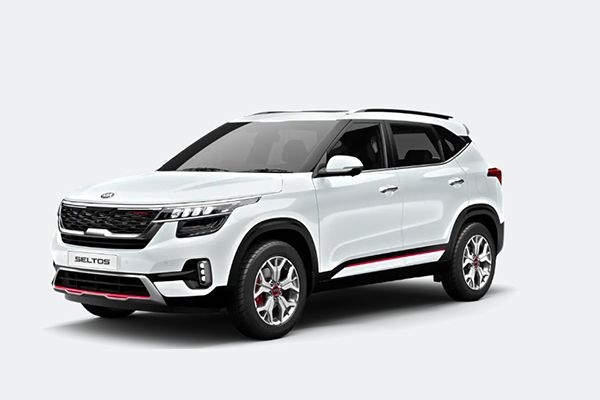
Kia recently unveiled the 2023 Seltos facelift in India, and the bookings for the updated model will start on July 14.
Read More
We drove the Hyundai i20 N Line recently to find out whether it really delivers a sporty experience?
Read More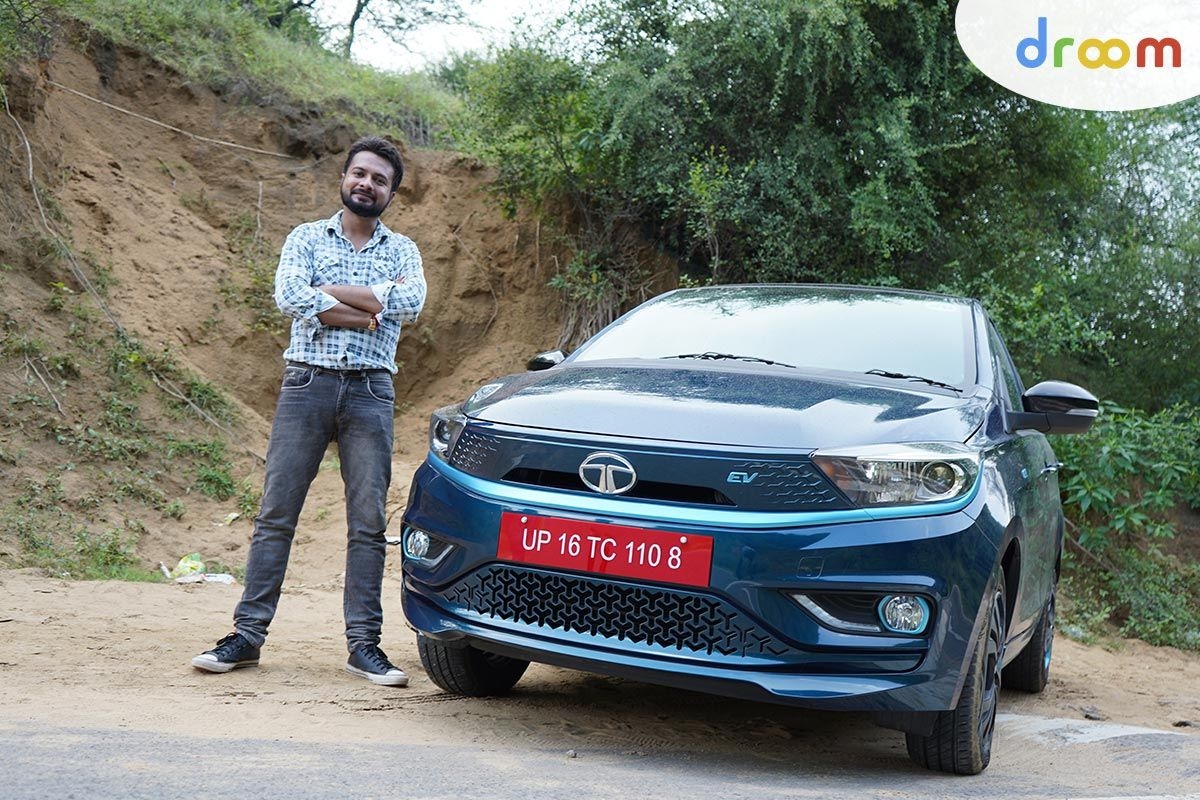
We recently took the Tigor EV out for a spin and we gathered interesting information about it
Read More
Introduced last year at the Delhi Auto Expo, Volkswagen Tiguan All-Space aims to offer more room and an additional row of seats. Can it manage to take away a few chunks from the full-grown SUV pie is what we are here to find?
Read More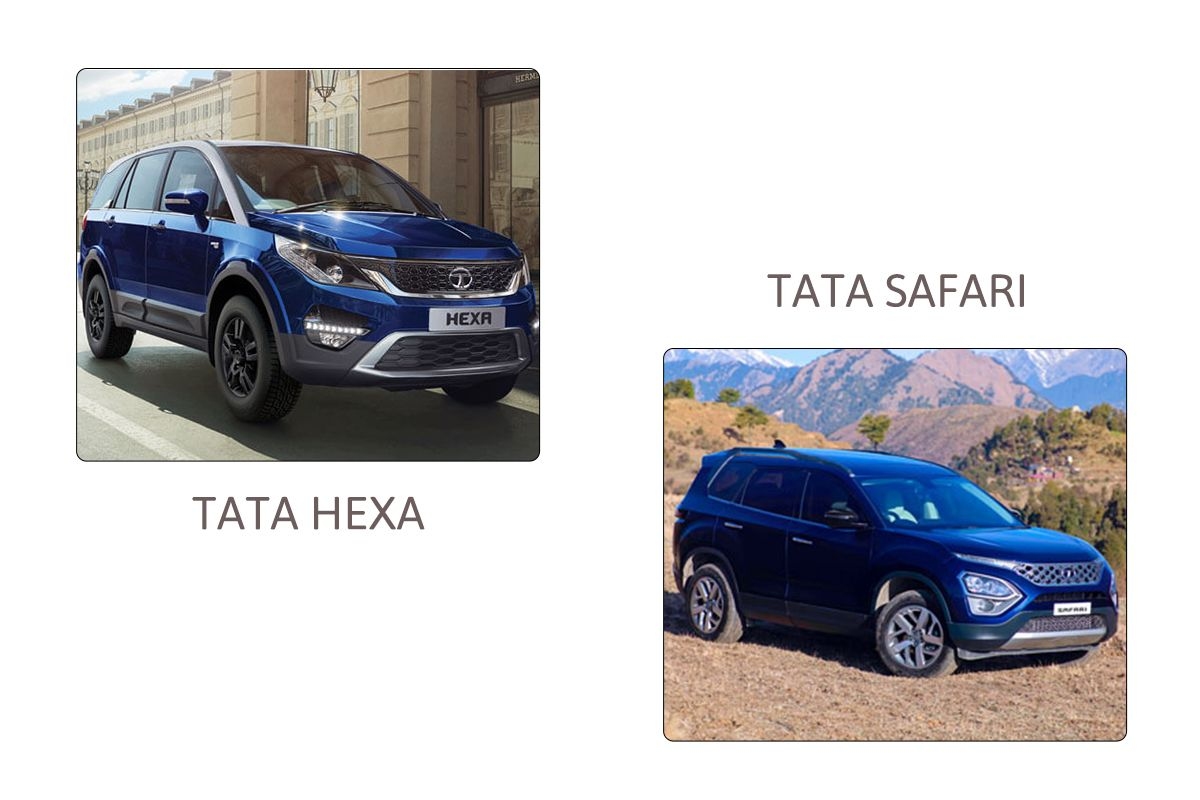
New Tata Safari or Used Tata Hexa: Price, Variants, Features & Engine Specifications
Read More
Toyota Kirloskar Motors last year entered the subcompact SUV space with the Urban Cruiser. What is this new model all about, let us find out?
Read More
Toyota Kirloskar Motors last year entered the subcompact SUV space with the Urban Cruiser. What is this new model all about, let us find out?
Read More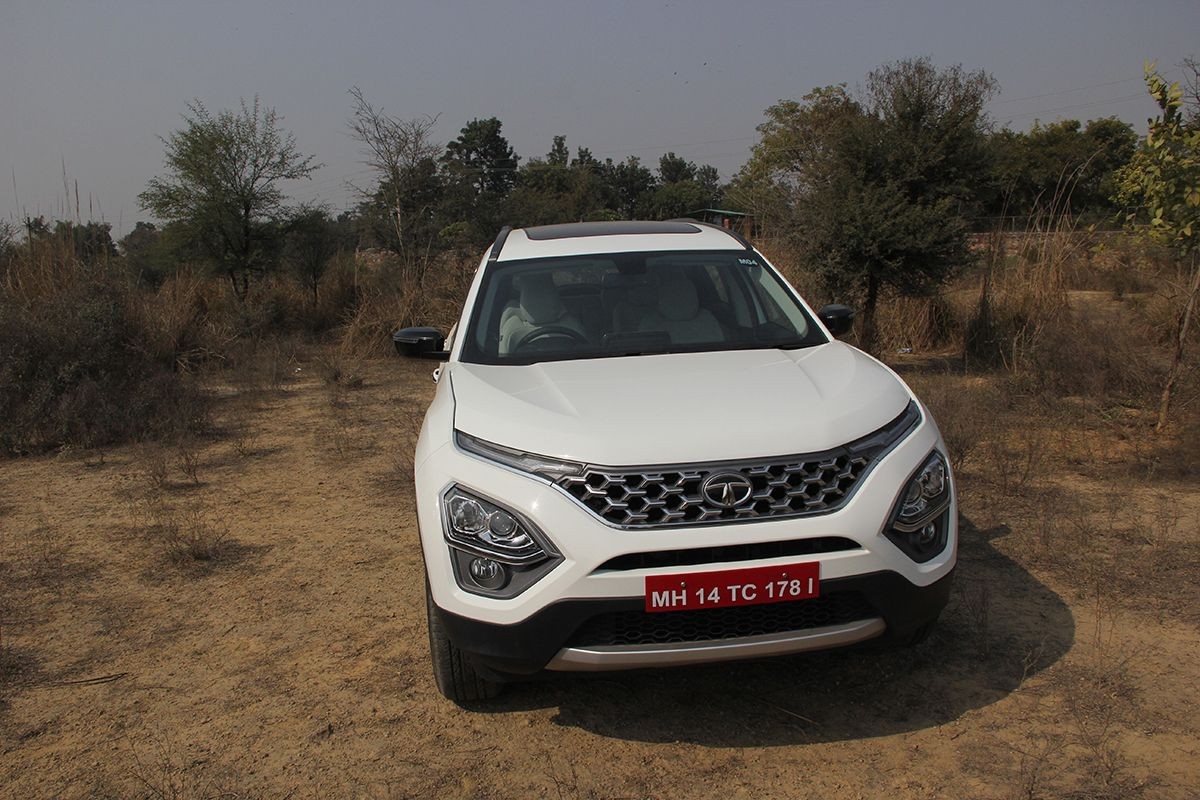
The Safari badge is back - can Tata Motors recreate history by bringing back the iconic SUV? Let us find out.
Read More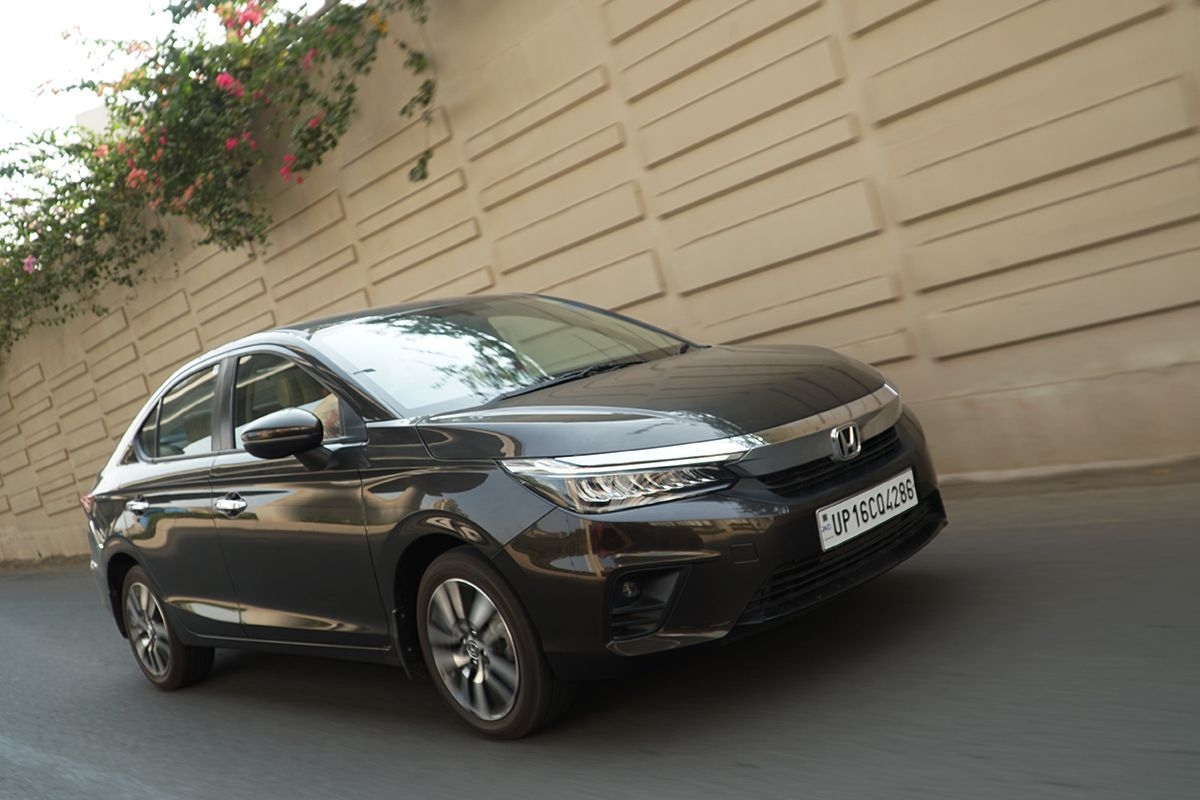
The Honda City, since its inception back in 1998, has enjoyed the popularity like no other mid-size sedan in its segment. With the introduction of the 5th Generation City, can Honda be able to set a higher benchmark for its most beloved sedan we try to find out.
Read More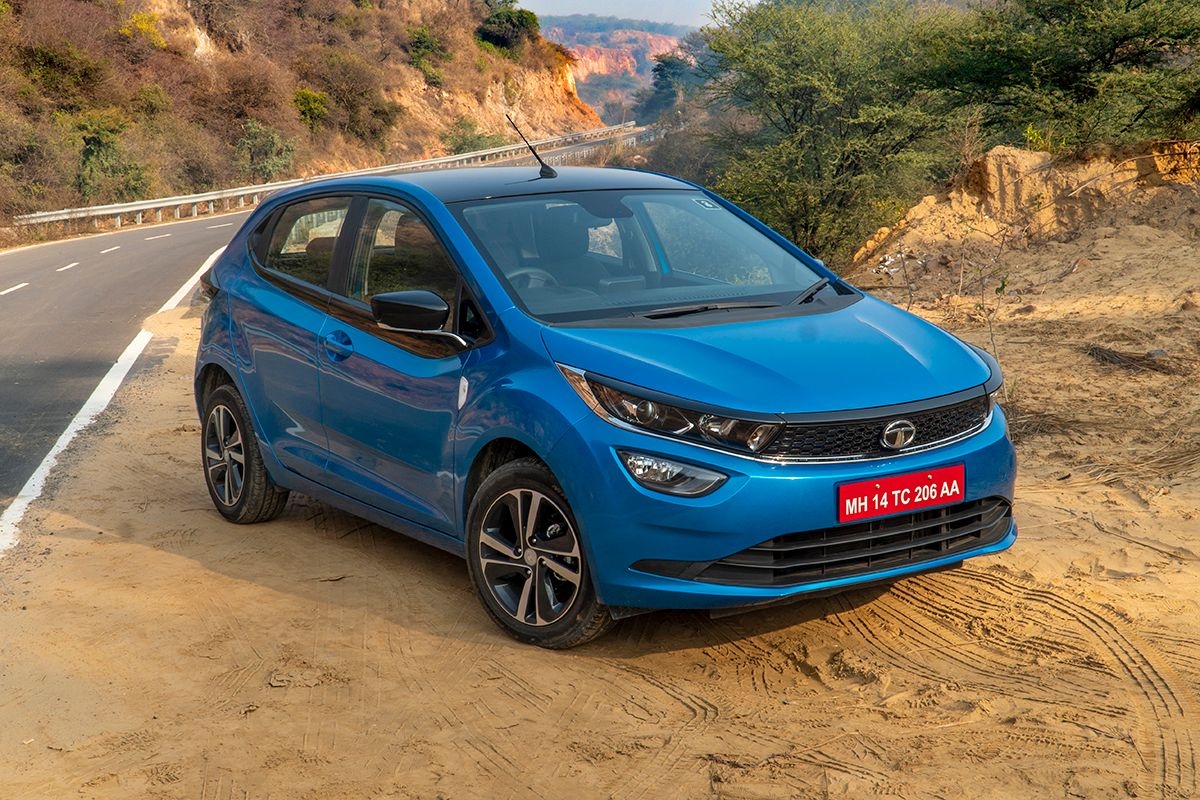
On the eve of its first Anniversary, Tata Motors has given the Altroz a boost in the form of a turbo charged petrol engine. We drive it to find out how much of a thrill does it provide against its rivals.
Read More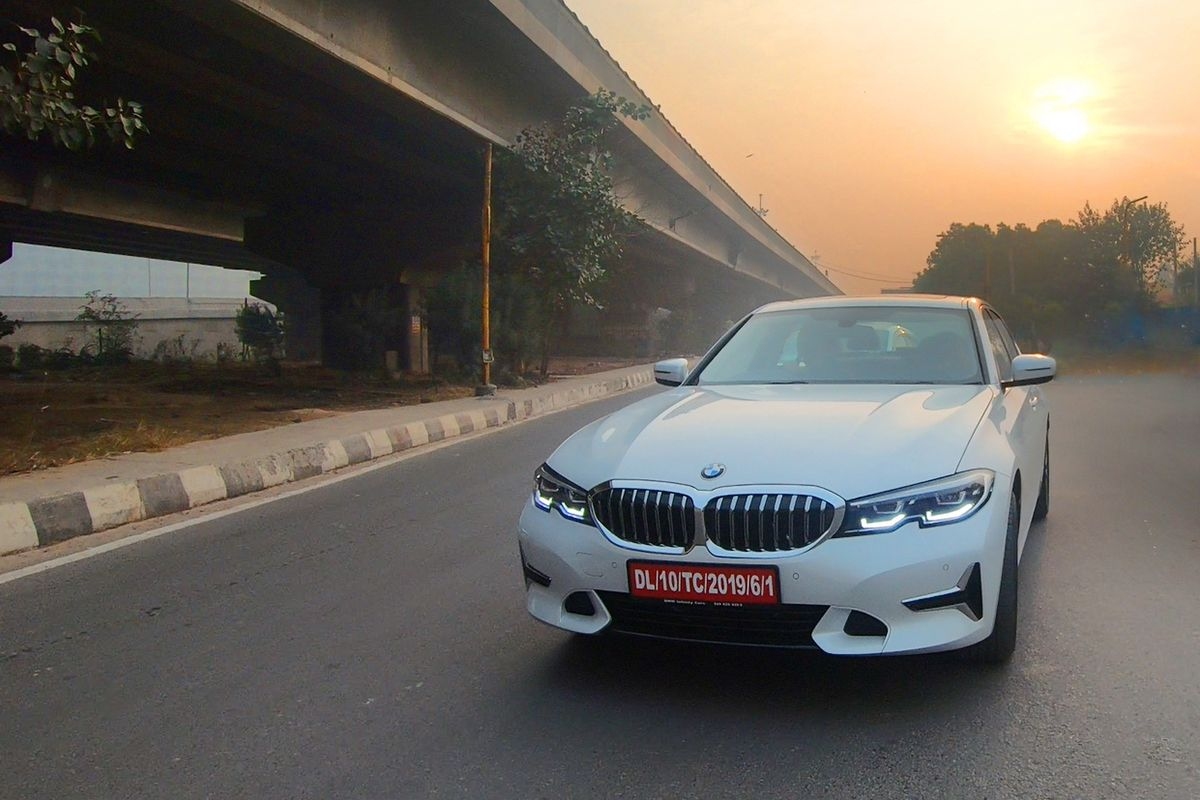
One of the best-selling models for BMW world over, the 3 Series will now offer customers that extra bit of comfort due to its extended wheelbase.
Read More
Jeep had launched the Compass way back in 2017. Since then it has been the best-selling model for the company in India. A couple of days back, Jeep India unveiled the facelifted version of Compass in the country. The SUV made its global debut in November last year.
Read More